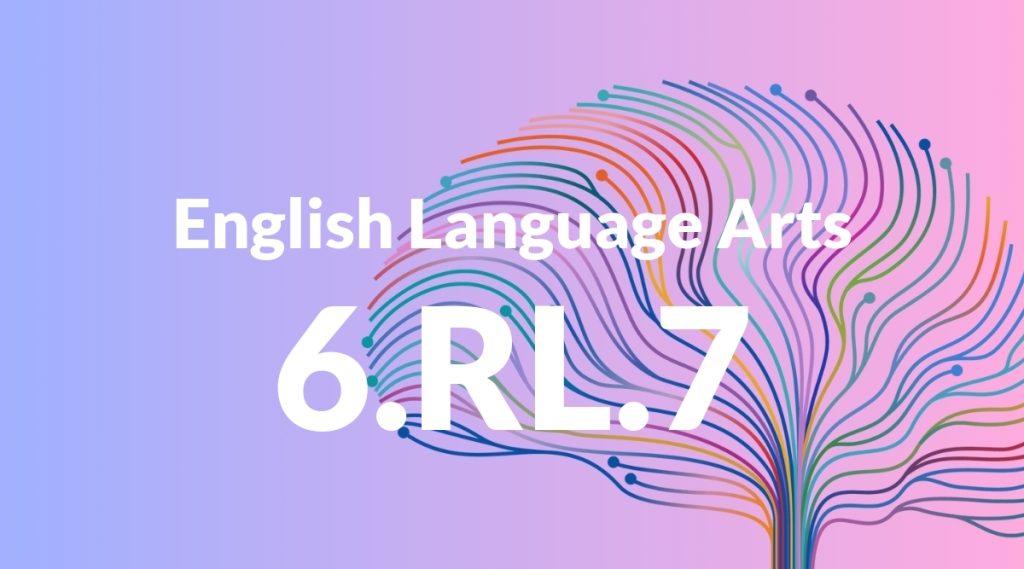Standard: 6.RL.7 – Compare and contrast the experience of reading a story, drama, or poem to listening to or viewing an audio, video, or live version of the text, including contrasting what they ‘see’ and ‘hear’ when reading the text to what they perceive when they listen or watch.
Grade level: Grade 6
Subject: English Language Arts
Domain: Reading: Literature
Teacher Overview
This standard encourages students to compare and contrast different modes of storytelling. It highlights the importance of understanding how different formats can change the perception and experience of a story. This skill is crucial as it helps students become more critical and analytical readers and viewers. Students should have a solid understanding of basic story elements and previous experience with independent text analysis.
Mastering this standard prepares students for more advanced critical analysis and comparative studies in higher grades, enhancing their media literacy and interpretative skills.
Common Misconception 1
A common misconception is that the story remains unchanged across different formats. This is incorrect because different media can emphasize different aspects of the story, leading to varied interpretations.
Intervention 1
Use side-by-side comparisons of a specific scene in both text and video formats, guiding students to note differences in presentation and effect.
Common Misconception 2
Another misconception is that visual and audio formats are inherently more engaging than reading. This overlooks the interactive nature of reading, where readers visualize and interpret the text individually.
Intervention 2
Encourage students to reflect on their personal engagement with texts and discuss the unique benefits of reading, such as the depth of imagination and personal interpretation.
Prerequisite Knowledge
Students should be familiar with basic story elements such as plot, character, and setting, and have experience reading and analyzing texts independently.
Subsequent Knowledge
Students will develop skills in critical thinking and analysis, enhancing their ability to interpret different media formats and understand the impact of various storytelling methods.
Instructional Activities
- Group discussions comparing book chapters to their movie adaptations.
- Listening to an audiobook and creating a Venn diagram to compare it to the text.
- Watching a play and writing a reflective essay on the differences from the text.
- Reading a poem silently, then listening to it read aloud and discussing the differences in perception.




